‘Terrifying’ cockatoo photo sparks warning about deadly disease
A “terrifying” photo of a cockatoo shared in a Sydney community Facebook page has sparked a warning about a deadly avian disease.
A “terrifying” picture of a cockatoo shared in a Sydney community Facebook page has sparked a warning about a deadly avian disease.
The photo, taken in affluent harbourside suburb Mosman, shows a balding sulphur-crested cockatoo with a deformed beak.
Commenters were quick to point out the bird seemed to be suffering from Psittacine Beak and Feather Disease (PBFD), a “chronic disease that affects feathers in parrots and also the beak in cockatoos”, NSW Wildlife Information Rescue & Education Service (WIRES) spokesman, John Grant, explained.
“It mostly causes feather loss, especially tail feathers in fledgling lorikeets (known as runners). It is eventually fatal as there is no effective treatment or vaccine for this virus,” Mr Grant told news.com.au.
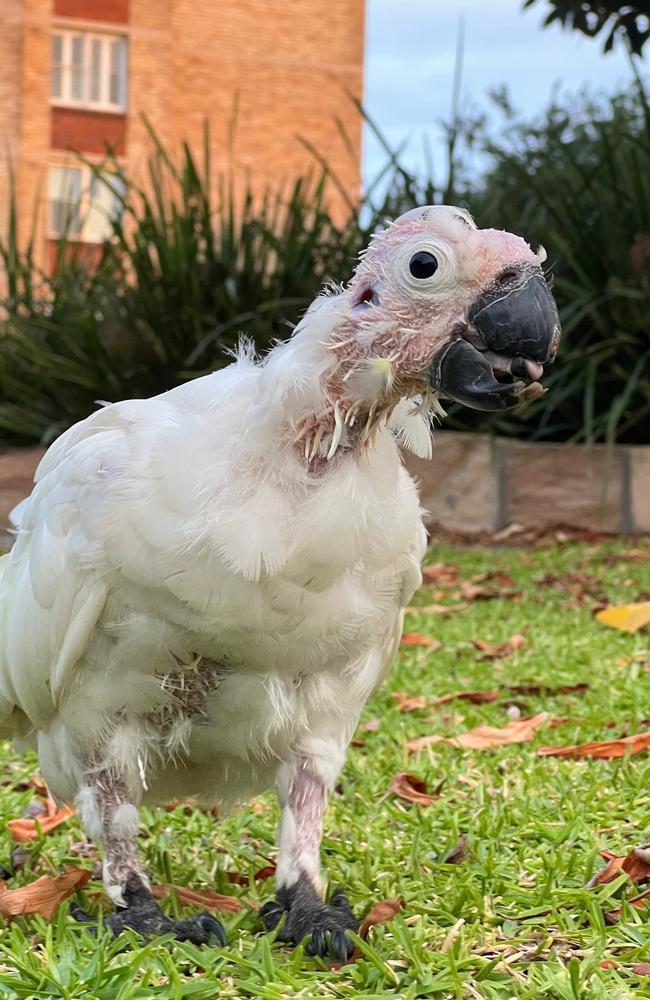
Psittacine Circovirus, which causes PFBD, Mr Grant said, “has been around for a long time, with reports of affected parrots as far back as the late 1800s, and it affects birds Australia-wide”.
“It is regularly seen in parrots at this time of year when affected fledglings first leave the nest and are often seen on the ground or in low-hanging branches,” he said.
“It mostly affects young birds when their immune system hasn’t fully developed and some can even carry the virus but show no symptoms. Older birds can sometimes succumb to PBFD as well.”
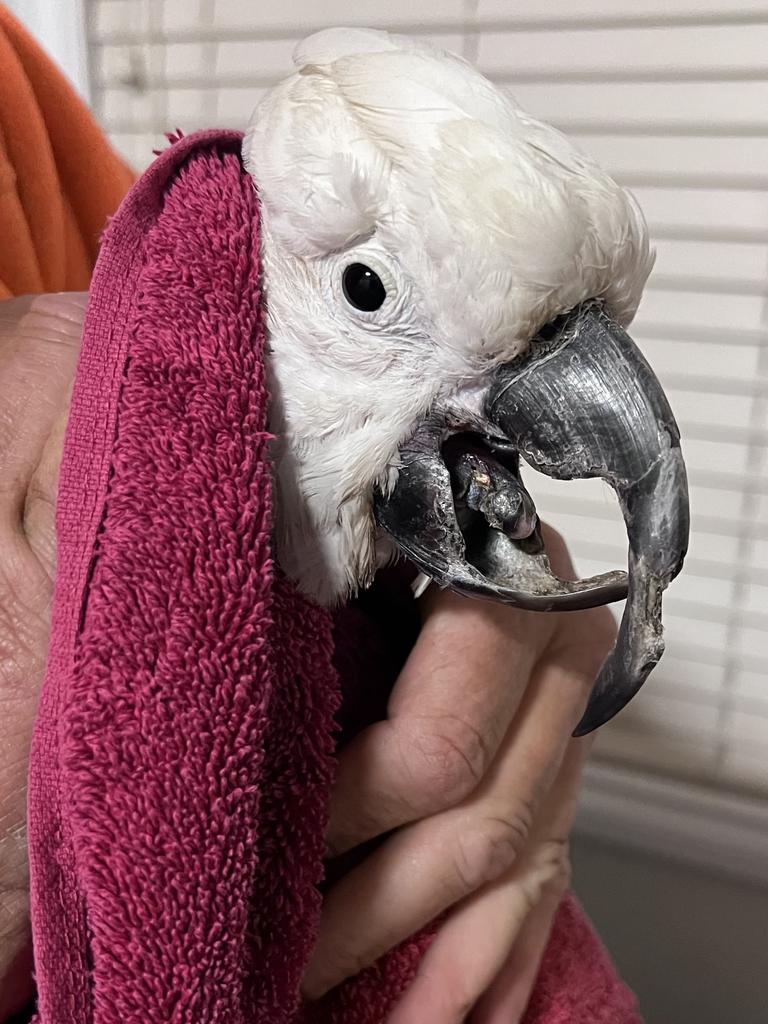
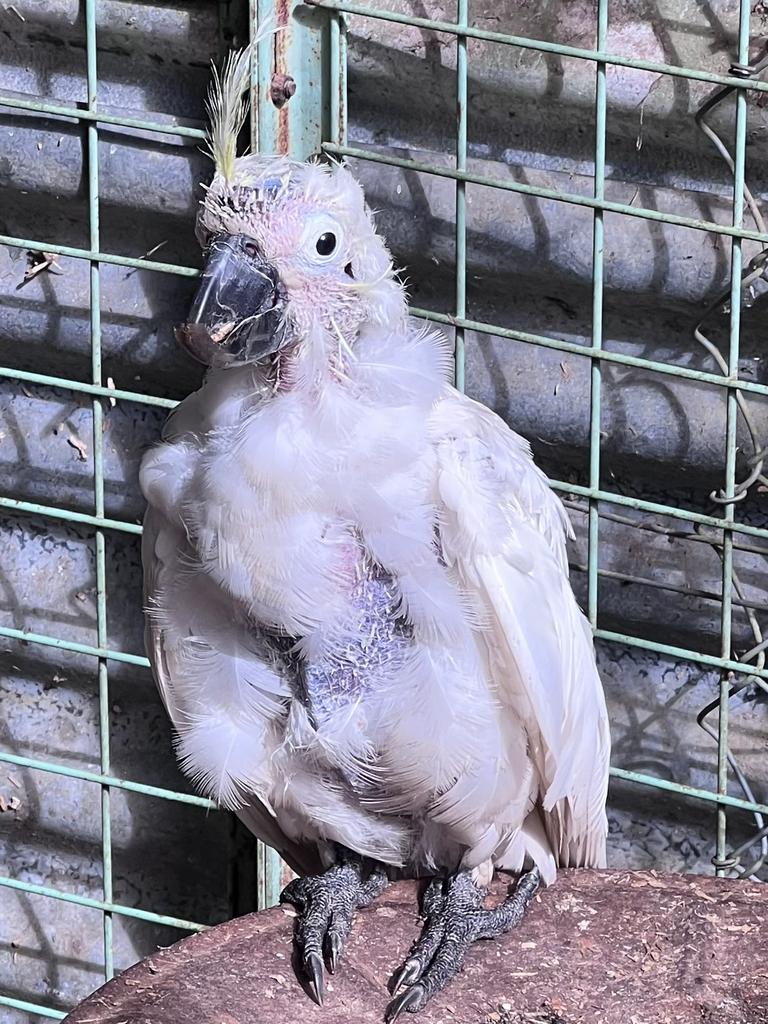
Those in the community group’s Facebook comments speculated that human interaction – people feeding cockatoos – was to blame for PBFD transmission, with one writing “it’s highly contagious and is spread when people provide seeds, which attracts the birds to all feed together”.
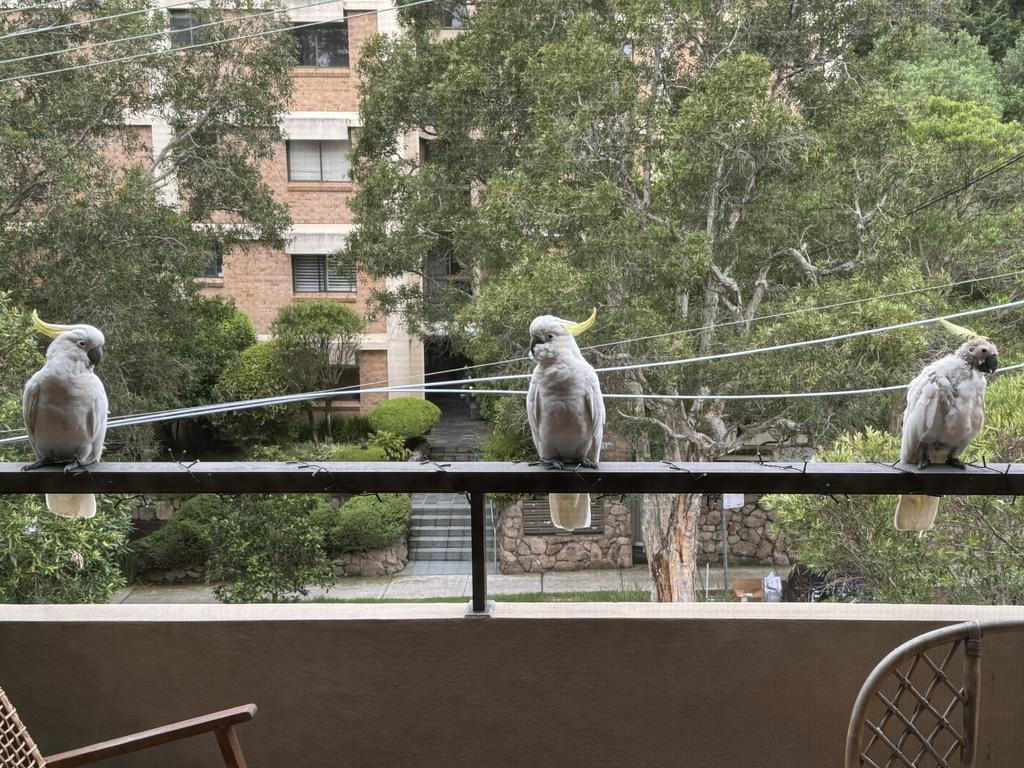
Mr Grant said that there is “no way to prevent” PBFD in wild populations, “as the virus lives in the environment, such as in nesting hollows”.
“Bird feeders are also considered to be potential disease spreaders, as birds congregate closely together and can more easily pass [it] on to each other,” he added.
“Planting feed tree species in your garden is a much safer and natural way to attract birds, and helps keep them healthy.”
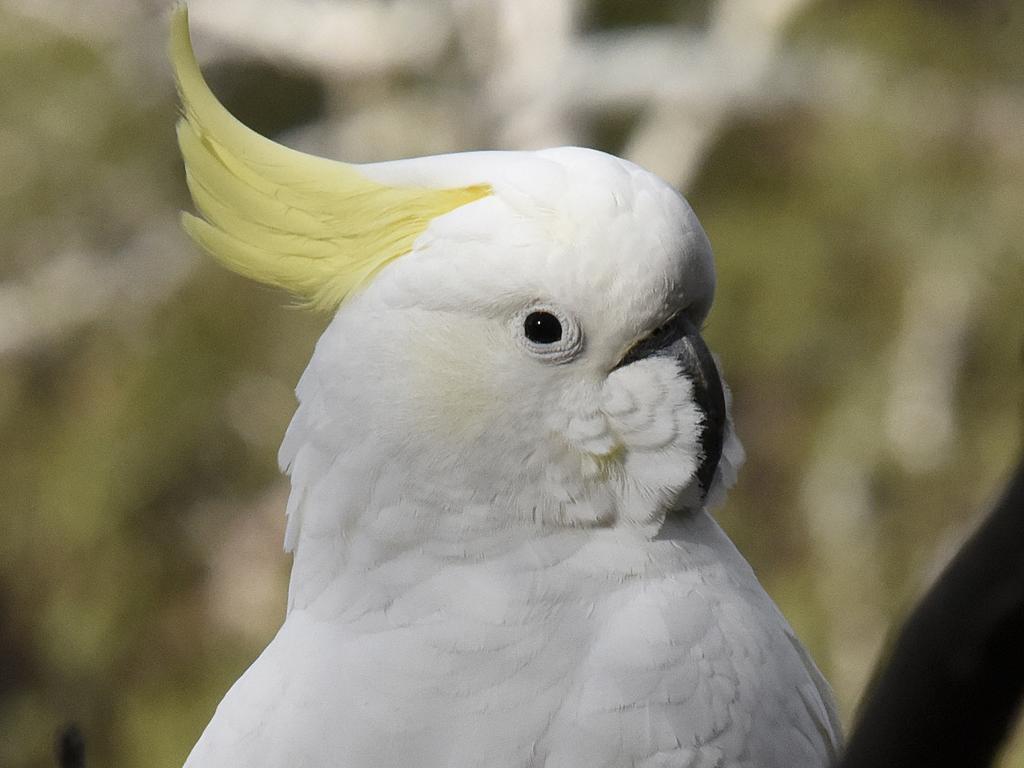
After seeing more cases of the disease recently, Facebook page ‘Wild Animals Australia’, which is run by local wildlife rescuers, urged the public to seek professional help if they encounter a potentially-afflicted bird.
“Should you see a cockatoo like this one in the wild then we ask you call your local wildlife group for assistance. Unfortunately we are seeing a considerable number of cases atm (at the moment). It is showing all the hallmark signs of what is commonly called Psittacine Beak and feather disease,” the post, alongside a photo of a sickly cockatoo, read.
Mr Grant echoed the sentiment when asked what people should do if they suspect a bird has PBFD.
“Any native parrot showing signs of feather loss, or appears to be listless and unwell needs to be examined by a vet for a definitive diagnosis,” he said.
“However, birds suffering with PBFD are generally still mobile and can be very difficult to contain. They can also give you a nasty bite as they see you as a predator not a rescuer.
“We recommend taking a photo where possible, and noting the exact location and then report it to WIRES 24/7 Rescue Office on 1300 094 737, or your nearest wildlife rescue organisation.
“If you are able to safely contain the bird, please transport it to a vet immediately.”






